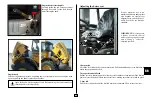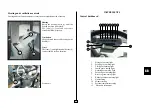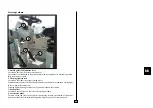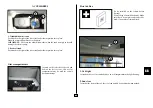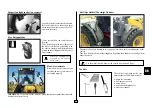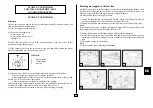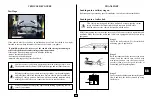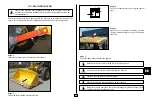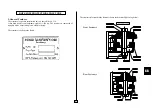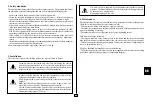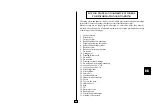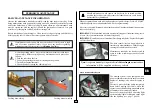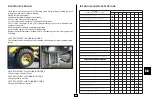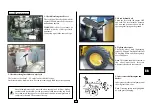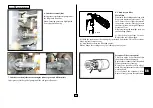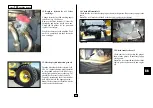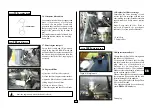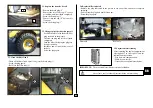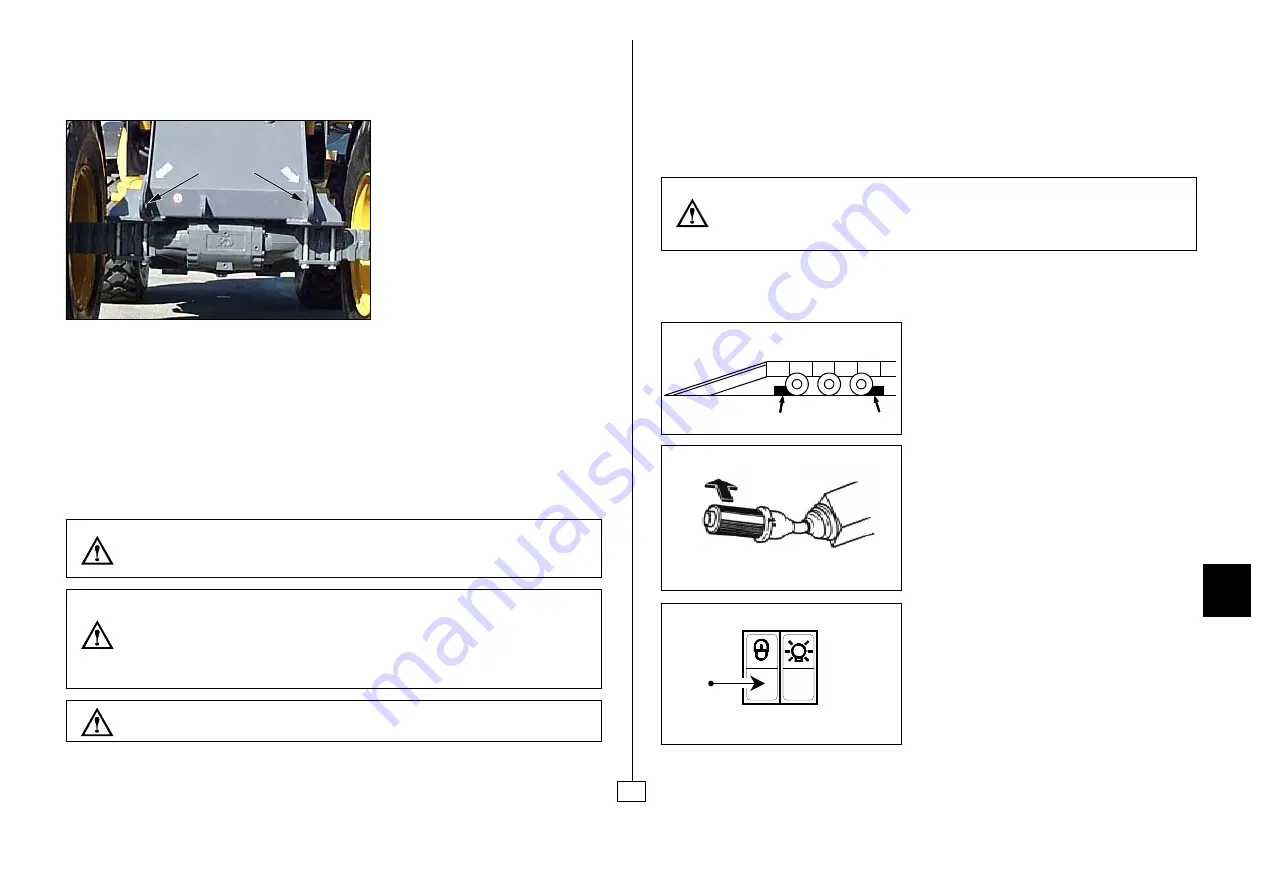
24
GB
VEHICLE RECOVERY
Tow flaps
Before proceeding to any vehicle recovery operations, set the parking brake
and insert the wheel block beneath the wheels in order to prevent undesired
shifting of vehicle position. Proceed with the maximum attention while
making the vehicle recovery connection in order to avoid accident.
If the vehicle must be towed due to malfunction, use a fixed bar suited to its weight
fastened to the tow flaps located at the front of the vehicle. (see photo).
If possible, perform the recovery of the vehicle with the engine running in
order to keep the brakes and steering system in operation.
If the engine is not kept running, bear in mind the following:
-remove the transmission shafts;
-limit towing to short distances;
-maintain a towing speed of less than 8 km/h.
Always switch on the emergency lights and the rotating light during vehicle
recovery operations.
Vehicle recovery is a delicate operation performed at the operator’s risk.
The Manufacturer declines all liability for damage and accident that occur.
Stage 1
Chock the trailer wheels. Fit the trailer bed
widening gear (if applicable).
Stage 2
Raise the loader bucket 20 cm above the trailer
ramps. Load the vehicle onto the bed with
maximum caution (use the lowest speed
possible) then place the speed selector at
neutral and pull the parking brake.
TRANSPORT
Loading onto a railway wagon
Rail transport is governed by specific standards. Consult the relevant authorities.
Loading onto a trailer bed
This vehicle could slip and fall off a trailer bed or ramp, causing serious
injury. Make sure that both trailer bed and ramp are clean. Before
loading make sure the vehicle is aligned with the trailer.
Before transporting the vehicle make sure you are fully aware of safety regulations and
standards. Make sure that the trailer and vehicle are equipped with the proper safety
equipment.
Stage 3
Lower the loader bucket onto the trailer ground
slowly and lock the loader controls by using
the lock pin.







